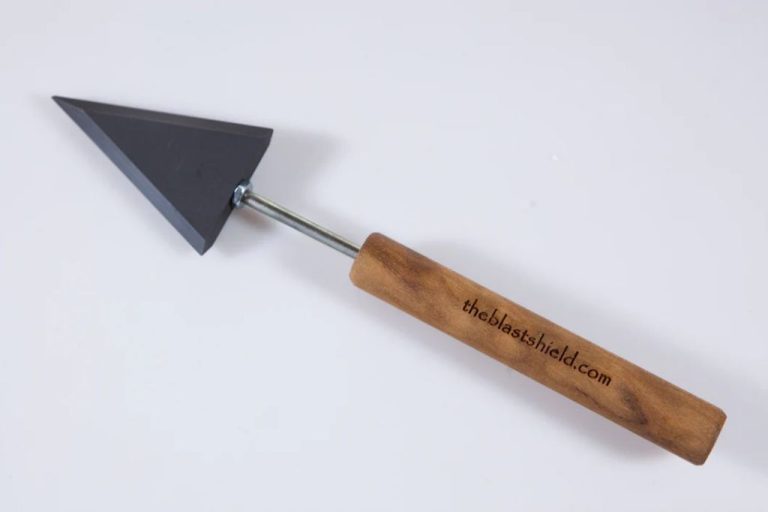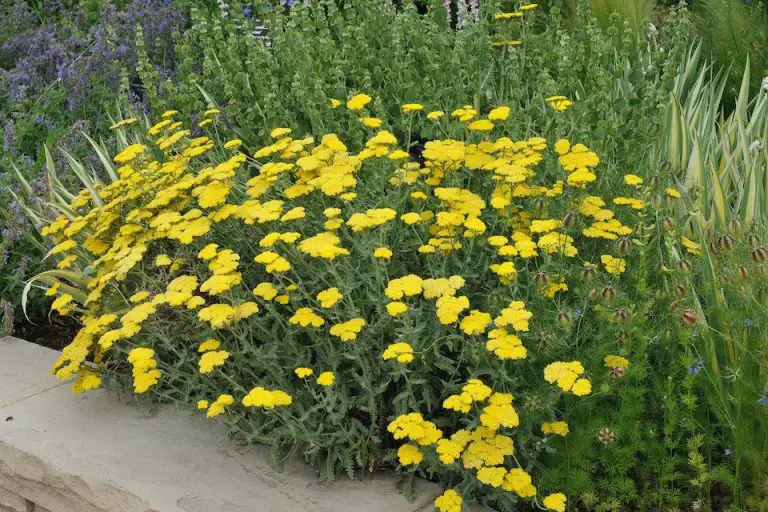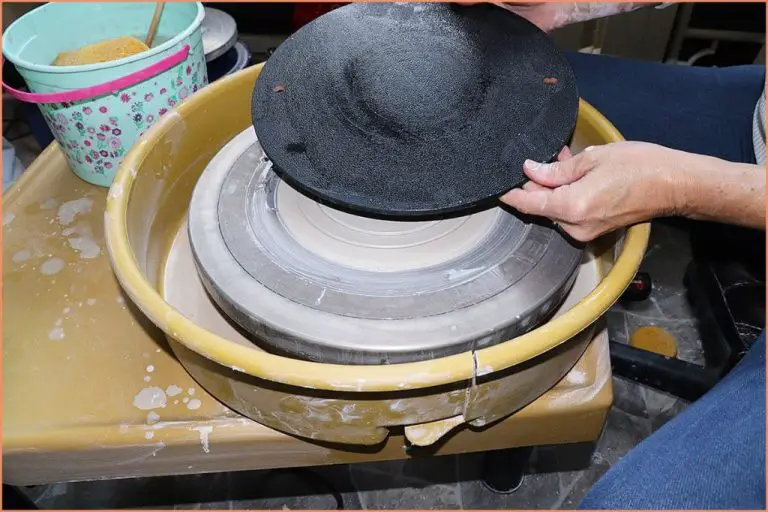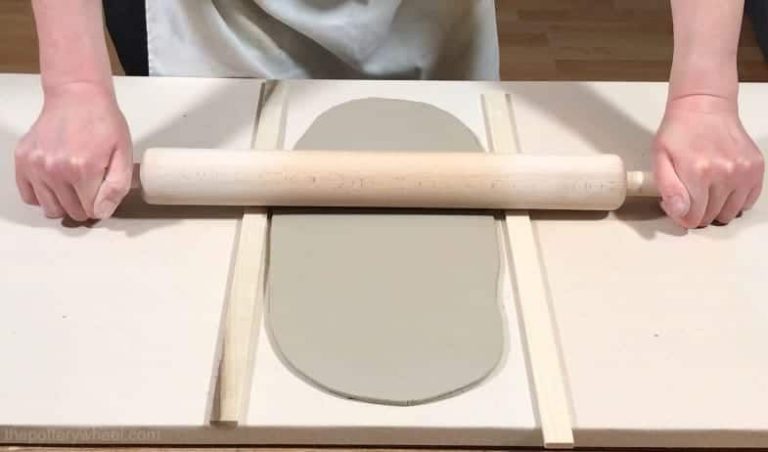What Are The Benefits Of Making Pinch Pots?
Pinch pots are a simple form of sculpting clay to create a small pot or bowl using only fingers. The method involves taking a ball of clay and pinching and pulling upwards to form the walls of the vessel. Pinch pots are one of the oldest and most basic forms of pottery, with examples dating back thousands of years.
The earliest pinch pots were made during the Neolithic period starting around 8,000 BCE. They were often undecorated utilitarian vessels used for storing food or water. Ancient cultures all over the world including Native American, African, and Asian cultures historically made pinch pots for practical daily use. Over time, pinch pots evolved into an decorative art form across many cultures (Source 1).
Pinch pots can be made from any type of pottery clay that is soft and pliable enough to pinch and shape without cracking. Popular clays used include earthenware, stoneware, and raku. Simple tools like fingers, paddles, ribs, and loop tools can aid in shaping and refining the vessel walls and edges.
Develops Motor Skills
Making pinch pots is an excellent way for children to develop hand-eye coordination and fine motor skills. The process involves gently pressing, squeezing, and pinching the clay to form it into the desired shape using just the fingers and hands.
As children mold and manipulate the clay, they are using and refining their finger dexterity and strength. The resistance of the clay helps strengthen the small muscles in their hands and fingers. Forming the basic shapes requires concentration and control, allowing kids to improve their hand-eye coordination as they focus on the clay and the movements of their hands.
According to the STEAM Learning Lab at Discovery Gateway Children’s Museum, “By using the entire hand to shape the pot, small pinch pot artists develop fine motor skills that they need for writing and other educational pursuits.” https://www.discoverygateway.org/steam-learning-lab-piggy-pinch-pots/
The hand movements and dexterity needed to pinch and mold clay have great benefits for young children’s development and preparation for future skills like writing and drawing.
Encourages Creativity
Making pinch pots is a great way to boost creativity and imagination in both children and adults. The freeform nature of sculpting with clay allows for open-ended exploration and self-expression. There are no strict rules or exact guidelines to follow when pinch potting, so makers are free to sculpt whatever shapes and forms they can envision.
Pinching the malleable clay into different shapes and patterns fosters creative problem solving. Deciding what to make, what techniques to use, and how to build up the form taps into imaginative thinking. The sensory experience of handling the clay material also stimulates the mind in a different way than pen and paper activities.
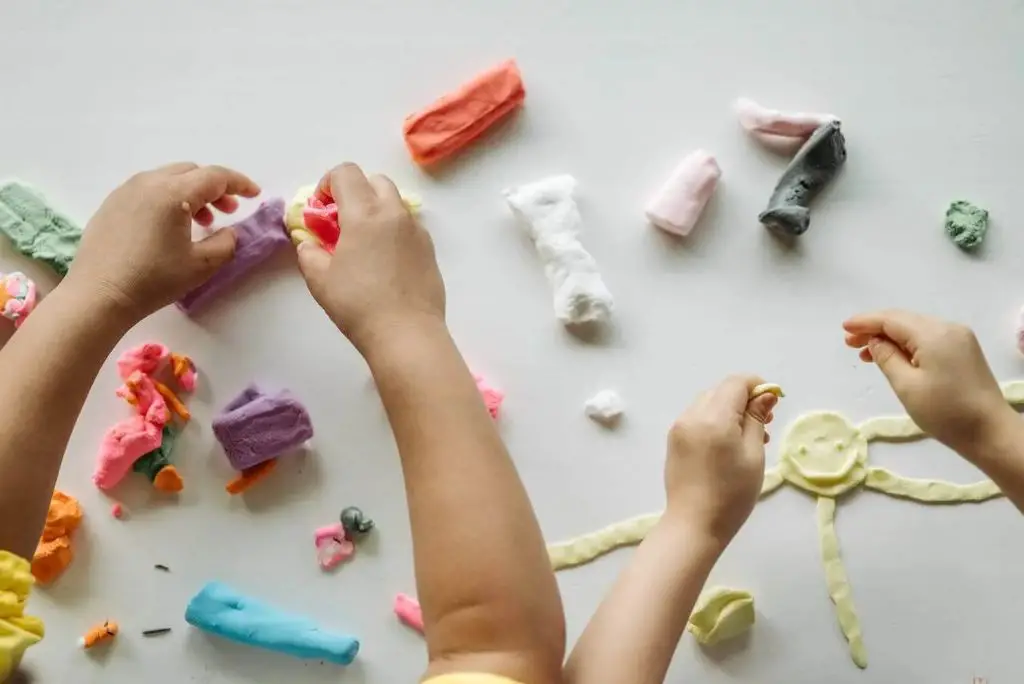
Making pinch pots allows one’s inner artist to shine through without the need for advanced artistic skills. The simplicity of using just one’s fingers and hands means anyone can shape unique pottery creations from their own ideas. As a hobby, pinch potting enables freeform self-expression and exploration of one’s creative spirit.
Teaches Sculpting Techniques
Making pinch pots is a great way for beginners to learn fundamental sculpting techniques with clay. The main techniques used when making pinch pots include pinching, coiling, smoothing, and shaping the clay.
Pinching involves using your fingers and thumbs to squeeze and manipulate the clay. Gentle pinching motions are used to form the basic shape of the pot starting from the bottom. Pinching gives you a lot of control over the clay and allows you to gradually build up the walls of the pot.
Coiling is another important technique, where you roll out “snakes” of clay and add them to the top of the pot’s walls to increase its height. The coils are then smoothed into the existing clay using your fingers.
Smoothing out the clay, both on the inner and outer surfaces, is done frequently while making pinch pots. This removes any fingerprints or irregularities, and gives the pot a uniform, even look.
Shaping and molding the overall form is also an essential sculpting skill. Pinch pots can be shaped into different silhouettes like round, oval, square, etc. The finished look depends entirely on how you shape the clay.
Mastering these fundamental techniques when making simple pinch pot projects will provide a solid foundation for more advanced sculpting down the line. With practice, pinch pots can help develop strong clay sculpting skills.
Relaxation and Stress Relief
Creating pinch pots can have therapeutic benefits and help relieve stress. The tactile experience of working with clay and sculpting with your hands can be calming and meditative. As this article explains, clay modeling allows for active multi-sensory learning while reducing stress. The focused, mindful process of shaping and smoothing the clay requires concentration on the present moment, which can lower anxiety. Research shows working with clay helps channel nervous energy into productive creativity. The repetitive motions involved in pinch pot making also have a self-soothing effect. As discussed in this article, the calming benefits of clay work make it an ideal therapeutic material for stress relief.
Boosts Confidence
Creating pinch pots can provide a great sense of accomplishment and pride. As you mold the clay into the desired shape and form a beautiful, functional piece of art with your own two hands, you gain confidence in your creative abilities. There’s something very fulfilling about envisioning a pot in your mind’s eye, then manifesting it in clay.
Successfully making pinch pots boosts self-esteem, as you prove to yourself that you have artistic skills and can work with your hands. The pride and confidence gained from pinch pot creation can be beneficial for both children and adults alike. As an individual creates their pinch pot, they feel empowered by their ability to take a simple lump of clay and transform it into something special through their own unique artistic vision.
Cultural Learning
Pinch pots have a long cultural history dating back thousands of years. Archaeological evidence shows pinch pottery techniques being used in ancient cultures around the world, including in China, Japan, the Middle East, Europe, and the Americas [1].
In Japan, pinch pottery flourished during the 16th and 17th centuries in the Kyushu province, where potters would flatten and pinch soft clay into simple vessels [2]. Indigenous cultures in the Americas like the Anasazi and Mogollon peoples crafted pinch pots for utilitarian and ceremonial purposes.
Making pinch pots allows for the exploration of cultural art traditions and decorative techniques. Pots can be enhanced with culturally symbolic designs, colors, patterns, and textures. As an accessible introduction to pottery, pinch pots let children and novices experience hand-building methods used around the world for millennia.
Fun Family Activity
Making pinch pots can be a fun family activity that brings multiple generations together. It provides quality bonding time for parents, grandparents, and children to collaborate creatively. According to research from ceramic.school, pottery allows kids to express creativity and make something with their own hands, often resulting in joy and laughter. This shared experience can strengthen family relationships as each member contributes their own ideas and skills. Young children can develop fine motor skills while parents lend a guiding hand in sculpting. Grandparents may share cultural wisdom passed down to them about clay work. The relaxing nature of pottery can facilitate open conversation between family members. In the process, pinching pots together becomes about more than just art – it enables quality time filled with learning, laughter and connection.
Low Cost
One of the biggest draws of making pinch pots is that it can be done very inexpensively with basic and reusable materials. The main items needed are clay and basic sculpting tools, both of which can be acquired affordably.
Air-dry clay can be purchased at most craft stores in small boxes for just a few dollars. Many schools also have clay readily available in art classrooms. Once clay is out of its packaging, it can be reused indefinitely if kept moist. Avoid wasting leftover clay by storing it in sealed bags or airtight containers.
Metal or wooden sculpting tools like ribs and loop tools can also be purchased inexpensively. Many common household items like dull butter knives, wooden spoons, and even fingers can be used as makeshift sculpting tools as well. So there’s no need to buy expensive specialized tools.
With just a small block of clay and some basic sculpting implements, both kids and adults can create as many pinch pots as they like without breaking the bank. It’s an extremely cost-effective way to explore sculpting and making small decorative or functional vessels.https://www.lavenderhomemarket.com/products/pinch-pot
Conclusion
As shown throughout this article, making pinch pots offers many benefits for both kids and adults. From developing motor skills and creativity to providing relaxation and cultural learning, working with clay is an engaging activity with a low barrier to entry. The simple pinch pot technique allows beginners to easily craft their own unique vessels and sculptures. With just some clay, your hands, and a little imagination, you can create mini masterpieces. The sense of accomplishment from molding and shaping your own pottery can boost confidence and self-expression. For those seeking an expressive tactile art experience to enjoy solo or with family, pinch pots are a great option to try.

